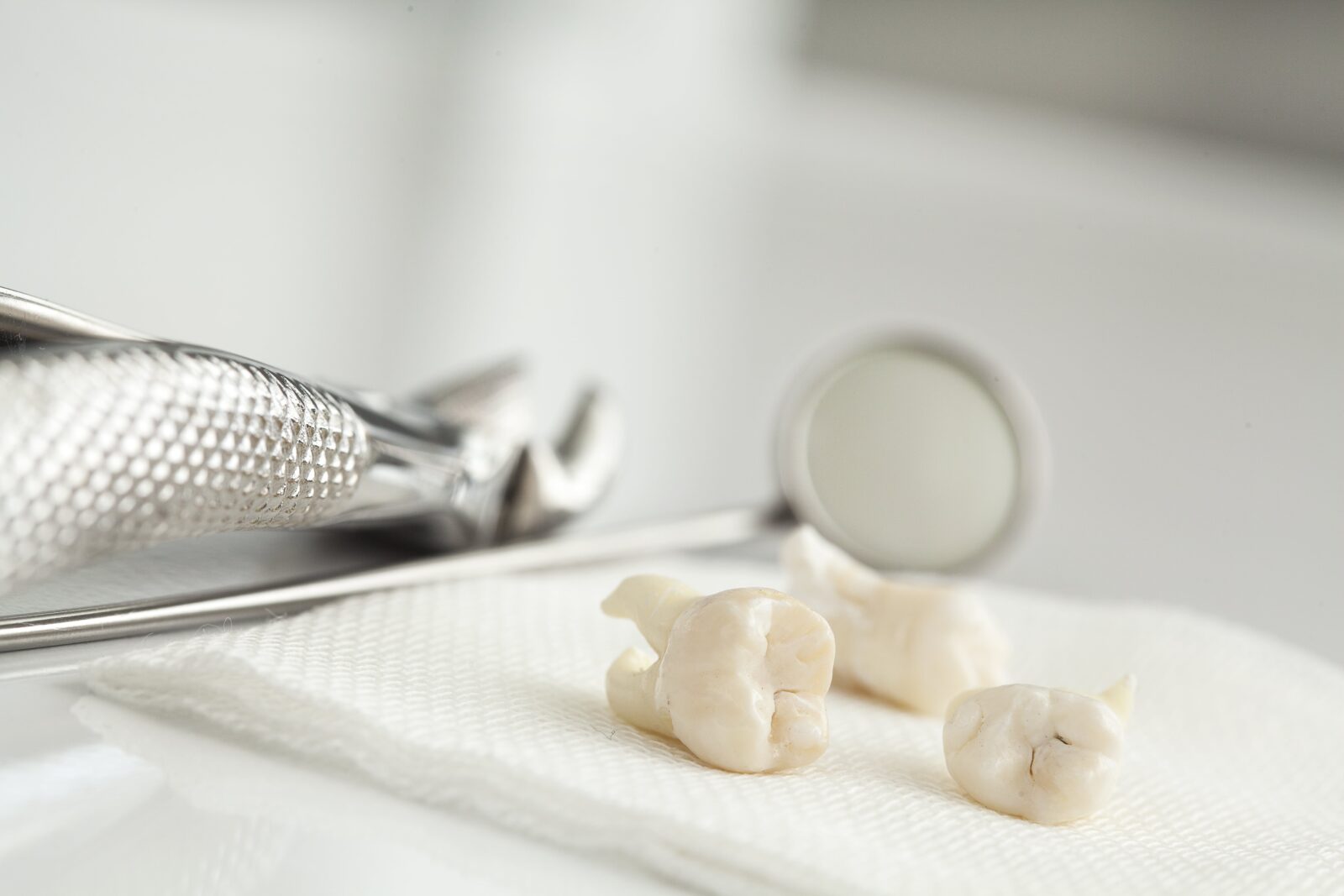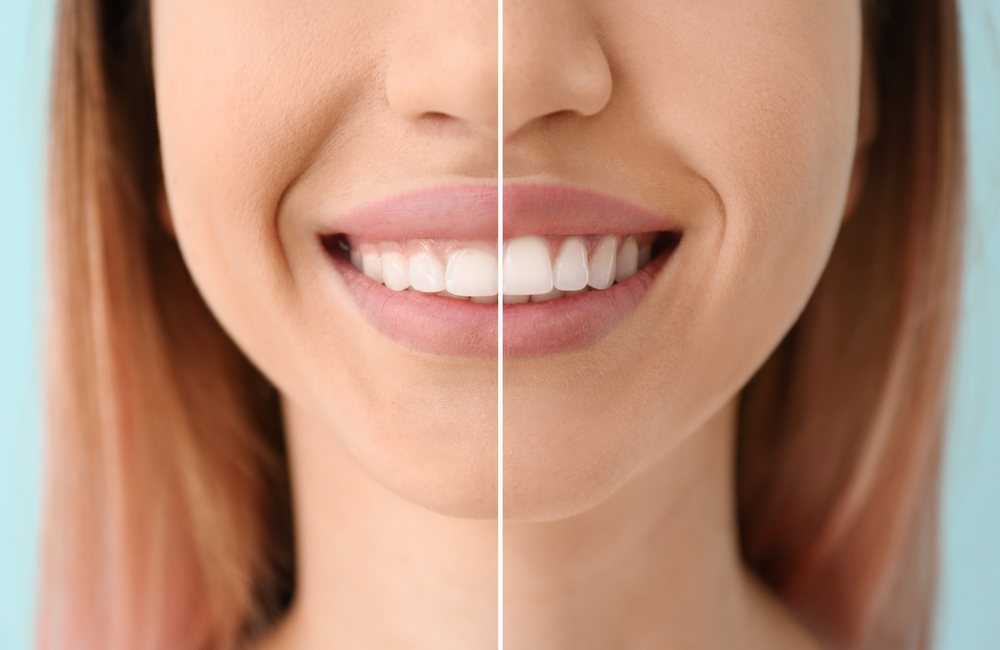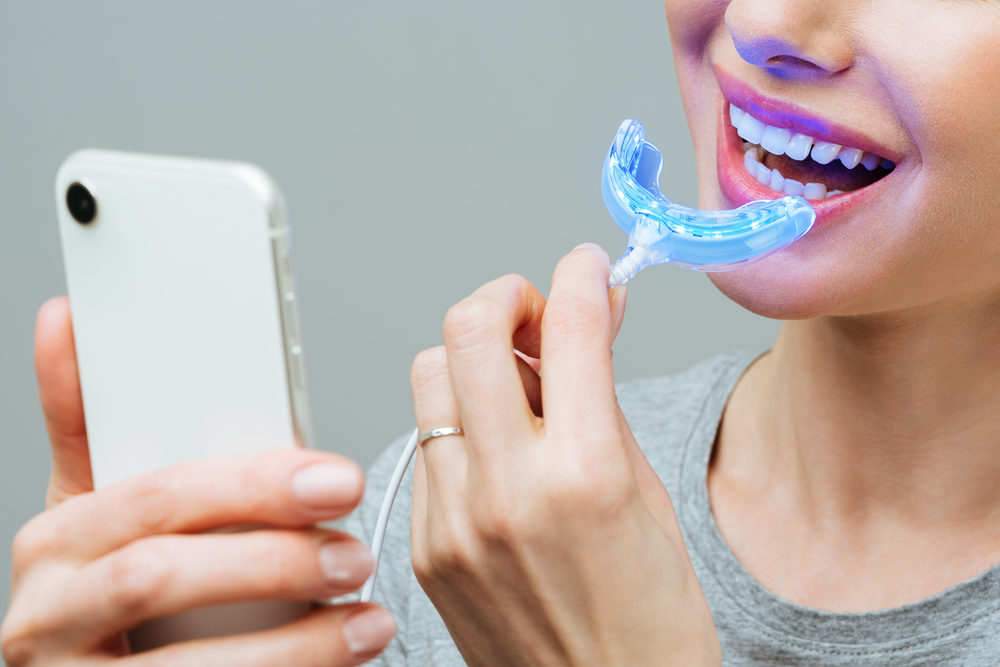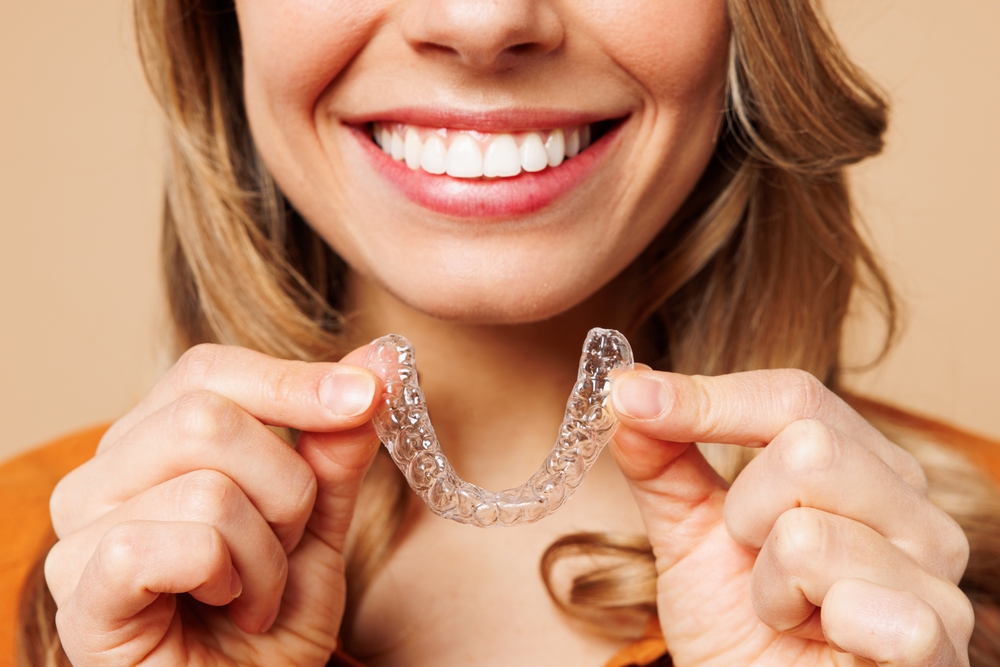Tooth extraction is a dental procedure performed to remove a tooth that is damaged, decayed, or causing oral health issues. If you’re scheduled for a tooth extraction, understanding what happens before, during, and after the procedure can help you feel more prepared and at ease. In this blog post, we will guide you through each phase of the tooth extraction process, ensuring you have a comprehensive understanding of what to expect.
Before the Procedure:
Consultation:
Your dentist will conduct a thorough examination, review your dental history, and may take X-rays to evaluate the condition of the tooth and surrounding structures. They will discuss the procedure with you, addressing any concerns and providing pre-operative instructions.
Medical History Review:
It’s important to inform your dentist about any medical conditions, medications, or allergies you have. This information helps them determine the best approach and ensure your safety during the procedure.
Anesthesia Options:
During tooth extractions, different anesthesia options can be used to ensure patient comfort and manage pain. The choice of anesthesia depends on factors such as the complexity of the extraction, the patient’s anxiety level, and the dentist’s professional judgment. Here are the common anesthesia options used for tooth extractions:
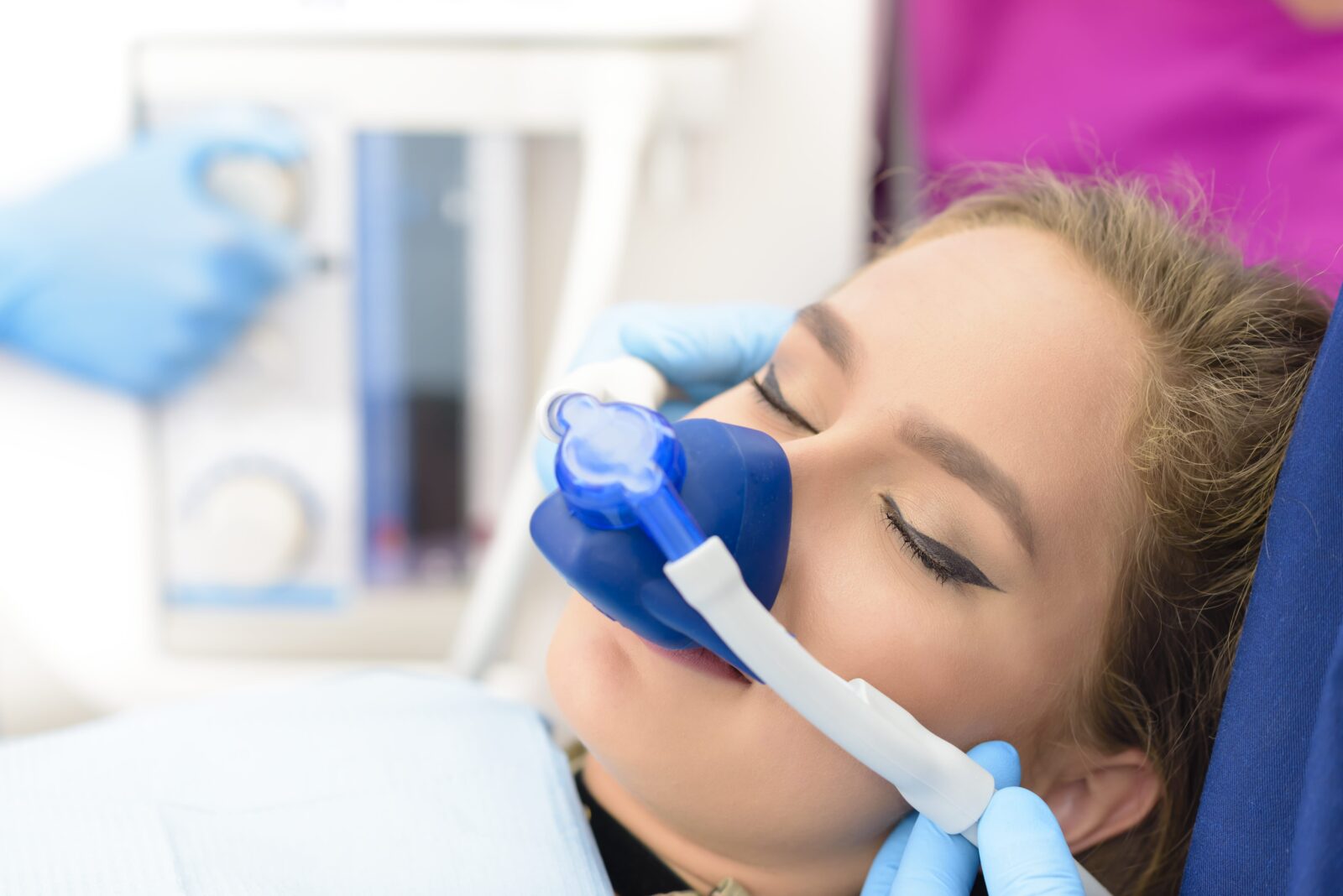
- Local Anesthesia: This is the most common type of anesthesia used for tooth extractions. It involves injecting an anesthetic agent, such as lidocaine, into the tissues around the tooth being extracted. Local anesthesia numbs the area, blocking pain signals and allowing the dentist to perform the extraction with minimal discomfort. You will remain awake during the procedure, but you won’t feel pain.
- Nitrous Oxide (Laughing Gas): Nitrous oxide is a safe and commonly used sedative that can help patients relax during dental procedures, including tooth extractions. It is inhaled through a small mask placed over the nose, inducing a state of relaxation and mild euphoria. Nitrous oxide is often used in combination with local anesthesia to enhance patient comfort.
- Oral Sedation: For patients with dental anxiety or those undergoing more complex extractions, oral sedation may be prescribed. This involves taking an oral medication, such as a benzodiazepine, before the procedure to induce a deeper state of relaxation and reduce anxiety. With oral sedation, you may feel drowsy and have limited memory of the procedure. Local anesthesia is also administered to numb the extraction site.
- Intravenous (IV) Sedation: IV sedation is a deeper level of sedation administered through an intravenous line. It induces a state of deep relaxation or light sleep, depending on the dosage administered. IV sedation is typically used for complex or multiple extractions, and it allows the dentist to closely monitor and adjust the sedation level throughout the procedure. Local anesthesia is still used to numb the extraction site.
- General Anesthesia: In certain cases, such as complex surgical extractions or when multiple teeth need to be extracted, general anesthesia may be used. General anesthesia renders you unconscious throughout the procedure, and it is administered by an anesthesiologist. This type of anesthesia is typically used in hospital settings or specialized dental clinics.
It’s important to discuss your medical history, any allergies, and your comfort level with your dentist or oral surgeon before the procedure. This will help them determine the most appropriate anesthesia option for your specific needs, ensuring a comfortable and safe tooth extraction experience. It is also important to note that some dentists may only offer certain anesthesia options.
The Morning of Your Procedure:
In many cases, your dentist will advise you to refrain from eating or drinking anything, including water, for at least 6-8 hours before the scheduled extraction. This is to prevent complications related to anesthesia administration. Remember to dress comfortably and wear loose-fitting clothing, as this will help you feel more at ease during the procedure. Make sure to arrange for someone to drive you to and from the dental office, especially if you’re undergoing sedation or general anesthesia.
During the Procedure:
Administration of Anesthesia:
Once you’re ready for the extraction, your dentist will administer the chosen anesthesia to ensure your comfort during the procedure. They may use a local anesthetic injection or, in the case of general anesthesia or sedation, an intravenous (IV) line may be inserted.
Tooth Extraction:
There are two types of extraction techniques that may be used:
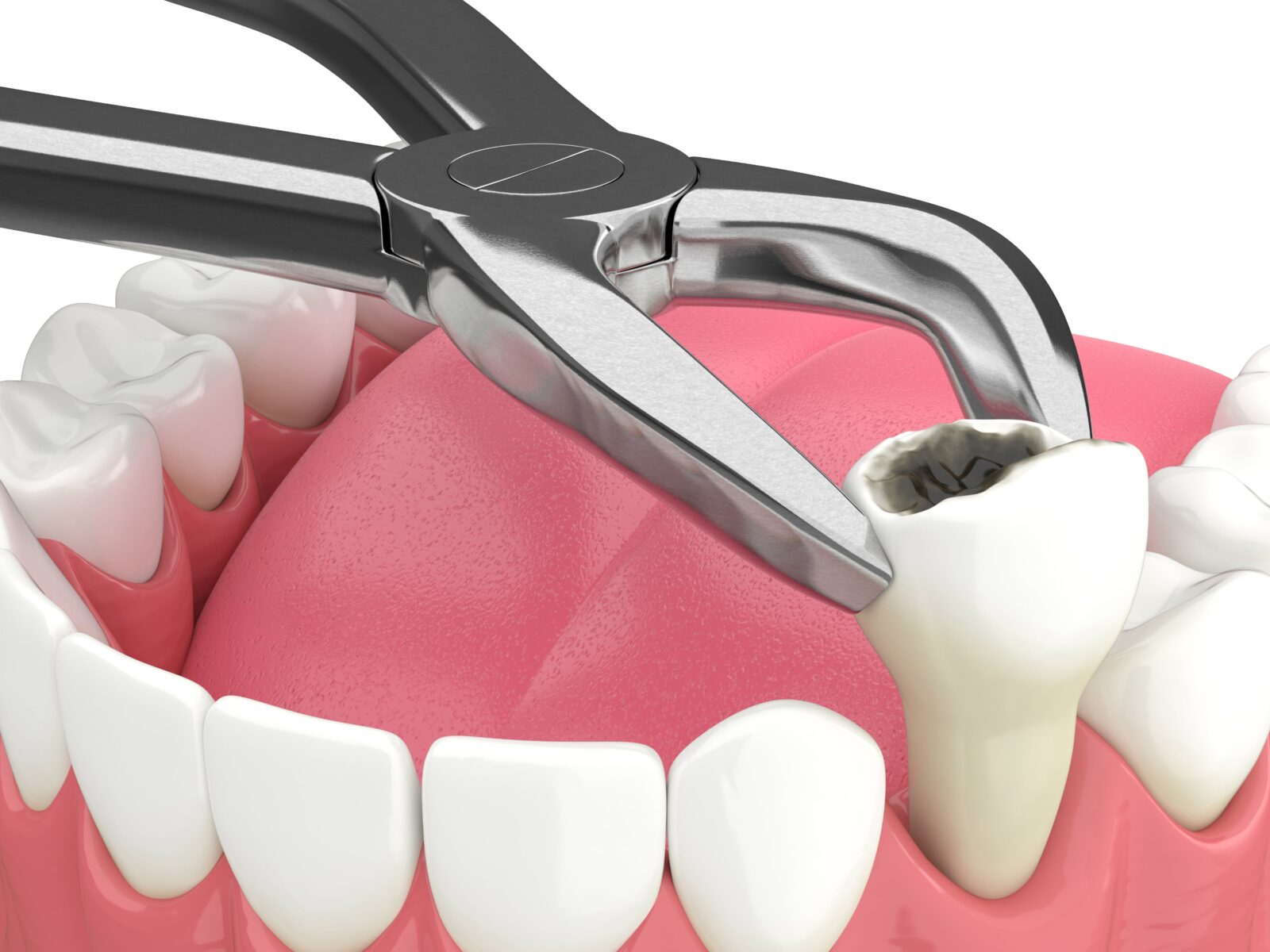
- Simple extraction: With the area sufficiently numbed, your dentist will carefully loosen the tooth using specialized instruments. They may need to rock the tooth back and forth to widen the socket before gently removing it. This is a common approach when the tooth is fully erupted and can be removed without breaking.
- Surgical extraction: With the area sufficiently numbed, your dentist will make a small incision in the gums to access the tooth. Then, the tooth will be broken into pieces and extracted one piece at a time. Surgical extractions are a common approach for impacted wisdom teeth or teeth that are severely decayed.
In both cases, you may feel some pressure but should not experience pain. In many cases, you will feel deeply relaxed and will likely not remember the procedure.
Suturing (if required):
In certain cases, your dentist may need to suture the extraction site to promote proper healing. They will use dissolvable stitches that don’t require removal.
After the Procedure:
Recovery Area:
After the extraction, you will be moved to a recovery area to allow the anesthesia to wear off. You may be asked to bite down on a piece of gauze to help control bleeding. Once the anesthesia wears off, you will be discharged to go home.
Post-Operative Instructions:
Your dentist will provide detailed post-operative instructions to ensure a smooth recovery. These instructions may include:
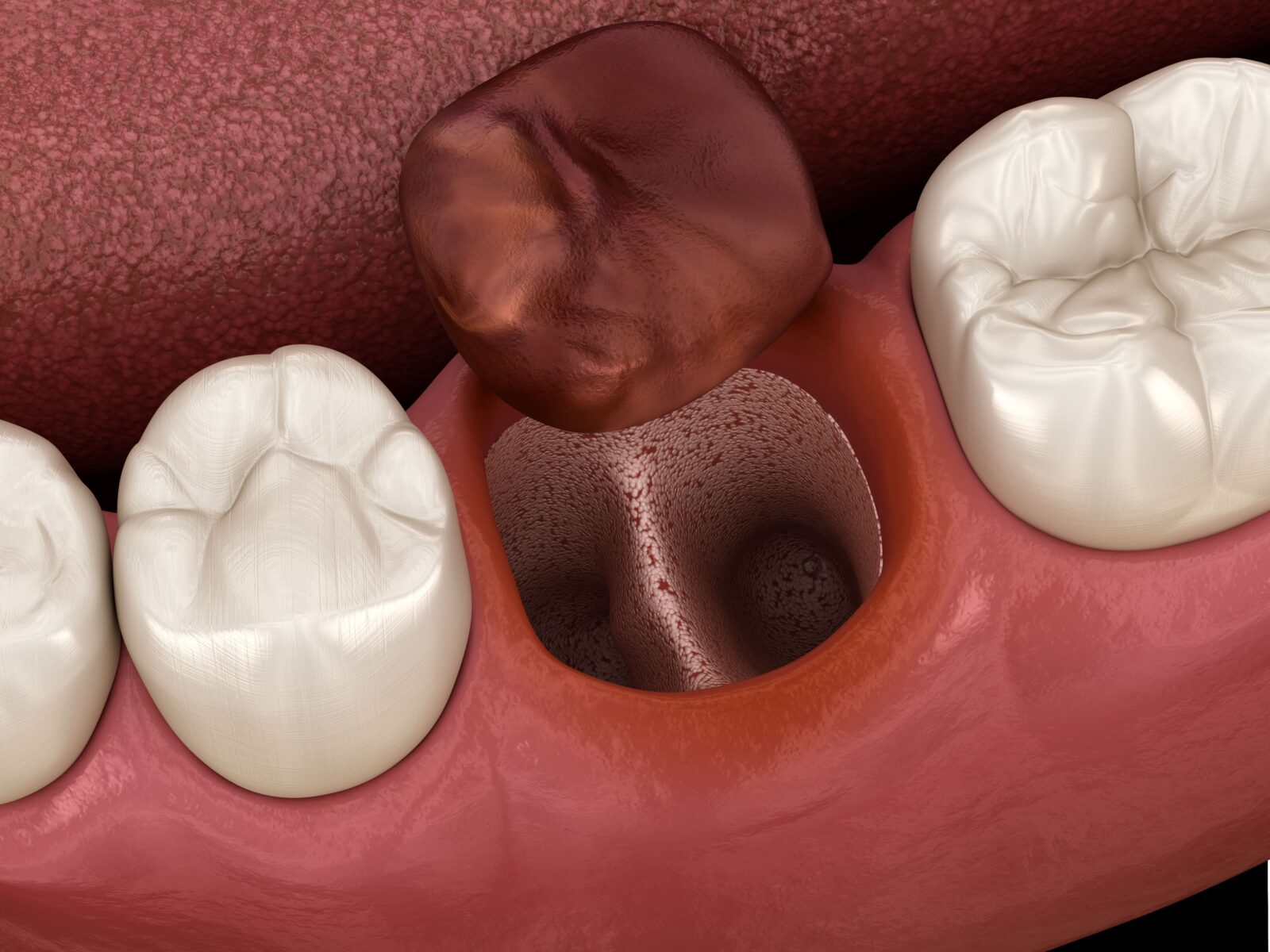
- Applying ice packs to reduce swelling.
- Taking prescribed pain medications or over-the-counter pain relievers, as directed.
- Avoiding chewing or drinking until the anesthesia wears off to prevent accidental biting of the numb area.
- Eating soft foods and avoiding hot, spicy, or hard foods that may irritate the extraction site.
- Practicing gentle oral hygiene by brushing your teeth, avoiding the extraction area, and rinsing with a saltwater solution after 24 hours.
- Following any additional guidelines specific to your case.
Healing and Long-Term Care:
The healing process typically takes about one to two weeks, but it can vary depending on the complexity of the extraction and individual factors. During this time:
- Avoid smoking or using tobacco products, as they can delay healing.
- Be gentle with the extraction site while brushing and flossing nearby teeth.
- Consider a tooth replacement option, such as a dental implant, bridge, or denture, if necessary for functional and aesthetic reasons.
In Conclusion:
Understanding what happens before, during, and after a tooth extraction procedure can help alleviate any anxiety and allow you to approach the process with confidence. By following your dentist’s instructions, maintaining good oral hygiene, and attending follow-up appointments, you can support a smooth and successful recovery. Remember to communicate openly with your dentist about any concerns or questions you may have, as they are there to ensure your comfort and well-being throughout the entire process.

